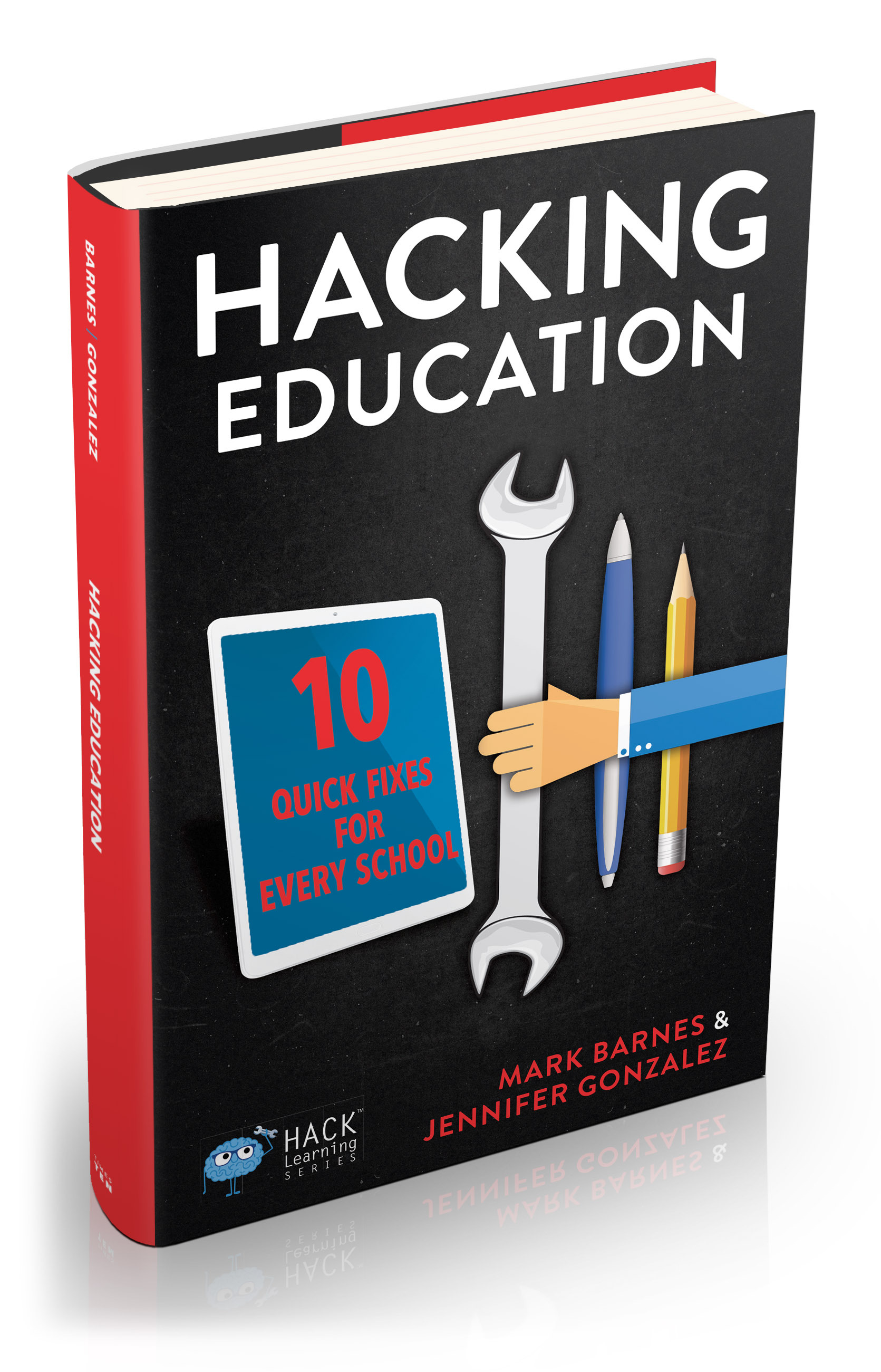Teacher Quiet Zones: Escape the Chaos and Maximize Your Planning Time
Jun 29, 2025
The frenetic pace of the typical school day brings a cornucopia of noise and distraction.
Sure, this is the nature of school and some chaos should be embraced, but at some point during a teacher’s day, quiet is needed for planning, grading, and simply getting centered.
In fact, most teachers have a portion of each day designated as prep time. But just as meetings steal hours away from other important tasks, noise and disruption often interfere with teachers’ time to plan, adding a certain degree of angst to what is already a stressful job.
Over the course of a five-day work week, simple disruptions tear chunks out of planning time
- Students waltz into your classroom uninvited, just to say hello
- Colleagues loiter around your desk, venting about what went wrong with a lesson
- An announcement blares, destroying the solitude that is necessary for deep thought and effective planning.
These kinds of interruptions have become so commonplace, we have come to expect very little from our planning periods. Some teachers have given up trying to get anything done at school, opting instead to take work home.
Maybe it doesn’t have to be this way.
Learn more about TQZs and 9 other quick fixes for your school
When teacher time is sacrosanct, building-wide efficiency increases exponentially. Is there any way to guarantee teachers the uninterrupted time they need to do their jobs at peak effectiveness?
In the award-winning Hacking Education, Mark Barnes and Jennifer Gonzalez employ decades of teaching experience and hundreds of discussions with education thought leaders to show you how to find and hone the quick fixes that every school and classroom need.
Using a Hacker’s mentality, they provide one Aha moment after another with 10 Quick Fixes For Every School – solutions to everyday problems and teaching methods that any teacher or administrator can implement immediately.
Create Teacher Quiet Zones
In any school building, a room or section can be designated as a Teacher Quiet Zone, a place where it is understood that teachers are not to be disturbed.
Think of the Teacher Quiet Zone (TQZ) like you would a library or a monastery, where silence and solitude typically dominate. This is an area where teachers literally escape the chaos of school.
Unlike the faculty lounge, the mailroom, or the traditional teacher workroom, the quiet zone is designed with one key concept in mind: absolute silence.
It’s where teachers go to do the kind of focused, uninterrupted work they may not be able to do in their classrooms, to meditate or read, or perhaps just slow down and enjoy a few peaceful moments.
It is your haven for all things calm and quiet.
The Teacher Quiet Zone may be the hackiest of hacks because of its sheer simplicity. All you need is a small space and a general consensus.
How To Make It Happen
Step 1: Build a team of early adopters.
Talk to a few colleagues about the value of a TQZ. Most people may have been longing for something like this for quite a while and will love the idea.
The more people you have on board, the more likely it is that an administrator won’t dismiss the idea as unnecessary.
Step 2: Enlist an administrator.
Consider going to an assistant principal with this idea before approaching the senior administrator.
You can hand your proposal to the AP, who can easily pass it to the principal when she’s not too busy to entertain this kind of innovation, which may be too easy to push to the bottom of a priority list if presented at the wrong time.
Be sure to emphasize that silence, meditation, and reflection are crucial to the success of teachers, who can be easily overwhelmed by the daily stress that the job brings.
Step 3: Set rules for your TQZ.
Even before anointing a space as your permanent Teacher Quiet Zone, it’s important to create some rules. Make TQZ rules specific and place them on a large, bright, colorful poster board for all who enter to see.
Here are some suggested rules, but you can add others as you see fit:
- The Teacher Quiet Zone (TQZ) is for teachers and other school personnel who desire silence.
- Refrain from talking, whispering, humming, or anything else that could be interpreted as noise. If your work is inherently noisy, please do it in another location.
- Silence your mobile device.
- Refrain from socializing in the TQZ. If you need to talk, please take the conversation outside the room.
- Students should remain outside of the TQZ.

Step 4: Find a space.
Once you’ve all decided on a few potential spaces for your new Teacher Quiet Zone, walk through each area and consider all elements that make the room a good fit.
An effective TQZ requires only two key items:
- Comfortable seating for up to eight people (more if you have a large building with many people on planning periods at the same time)
- One or more spacious tables that can serve as work areas
Take a minimalist approach. Your TQZ doesn’t need computers, printers, or copy machines. Remember, while the quiet zone may be used for work, it is for silent work. Desktop computers, printers and copiers are noisy.
If technology is needed, stick to tablets or laptops. Printing and copying can be done elsewhere.
If a single space isn’t available, or if your school is so large that traveling to a single space would be too time-consuming for some faculty members, consider setting up several zones throughout the building.
And if no spaces are available as permanent zones, set up a schedule of “rotating zones,” where a sign can be hung outside of various rooms at different times, designating them as TQZs for that class period.
Step 5: Commit to the rules.
Have you ever been shushed in a library or church? For most people, this is an unpleasant experience.
Still, one can hardly object when the rules are clear. Remind all staff members frequently, when necessary, that the TQZ is built for peace and quiet.
Even with the normal amount of chaos that's to be expected from working in a school, you need space to focus and get your work done. Creating a Teacher Quiet Zone is an easy, simple solution to escape the chaos and maximize your planning time.







